by GardenLover | Oct 29, 2014 | Gardens to Drive
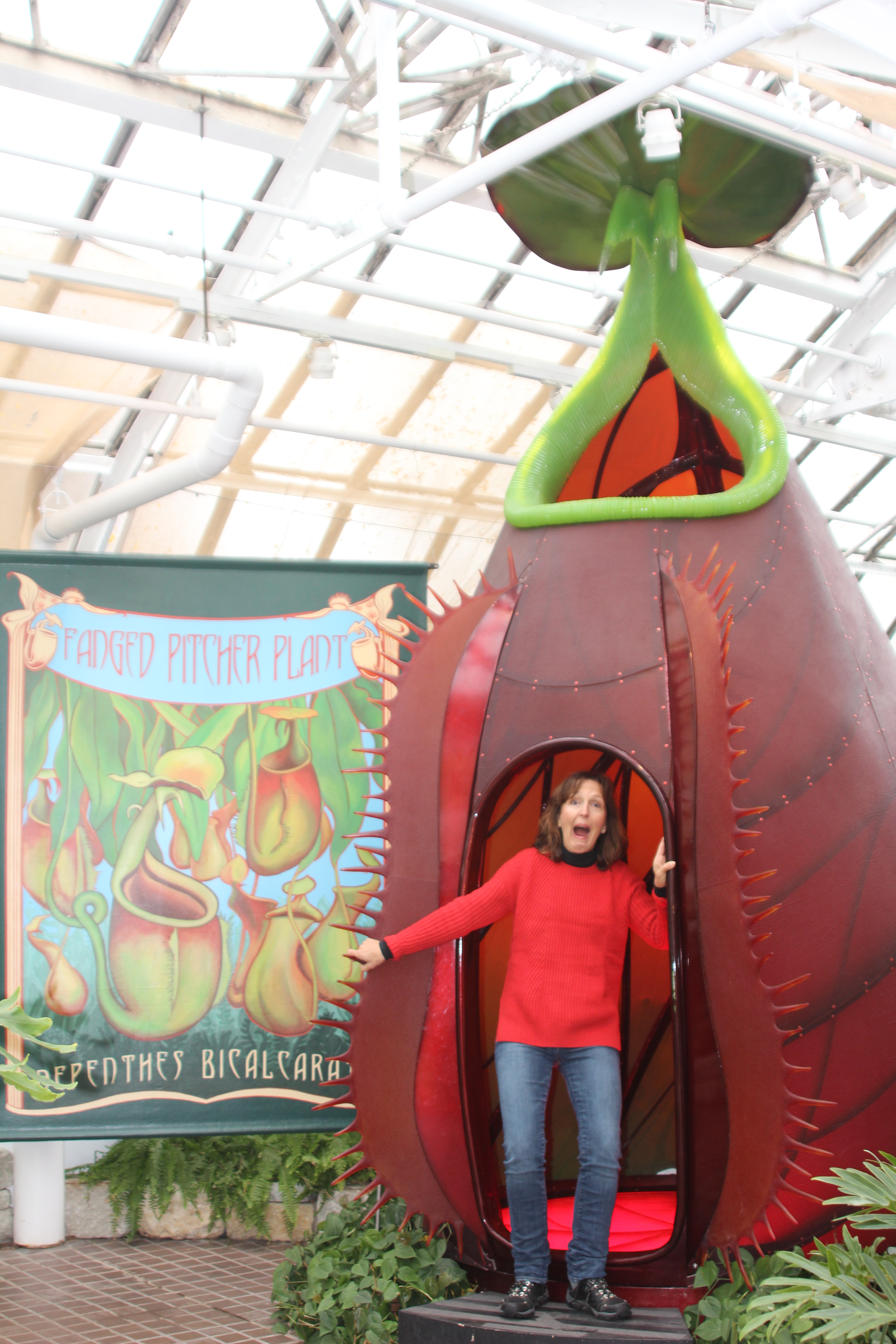 Boo! Scary Plants for Your Garden
Boo! Scary Plants for Your Garden
By Teresa Woodard
I love a good scare – a scary movie, a haunted house and even an occasional hide-behind-the-door prank. 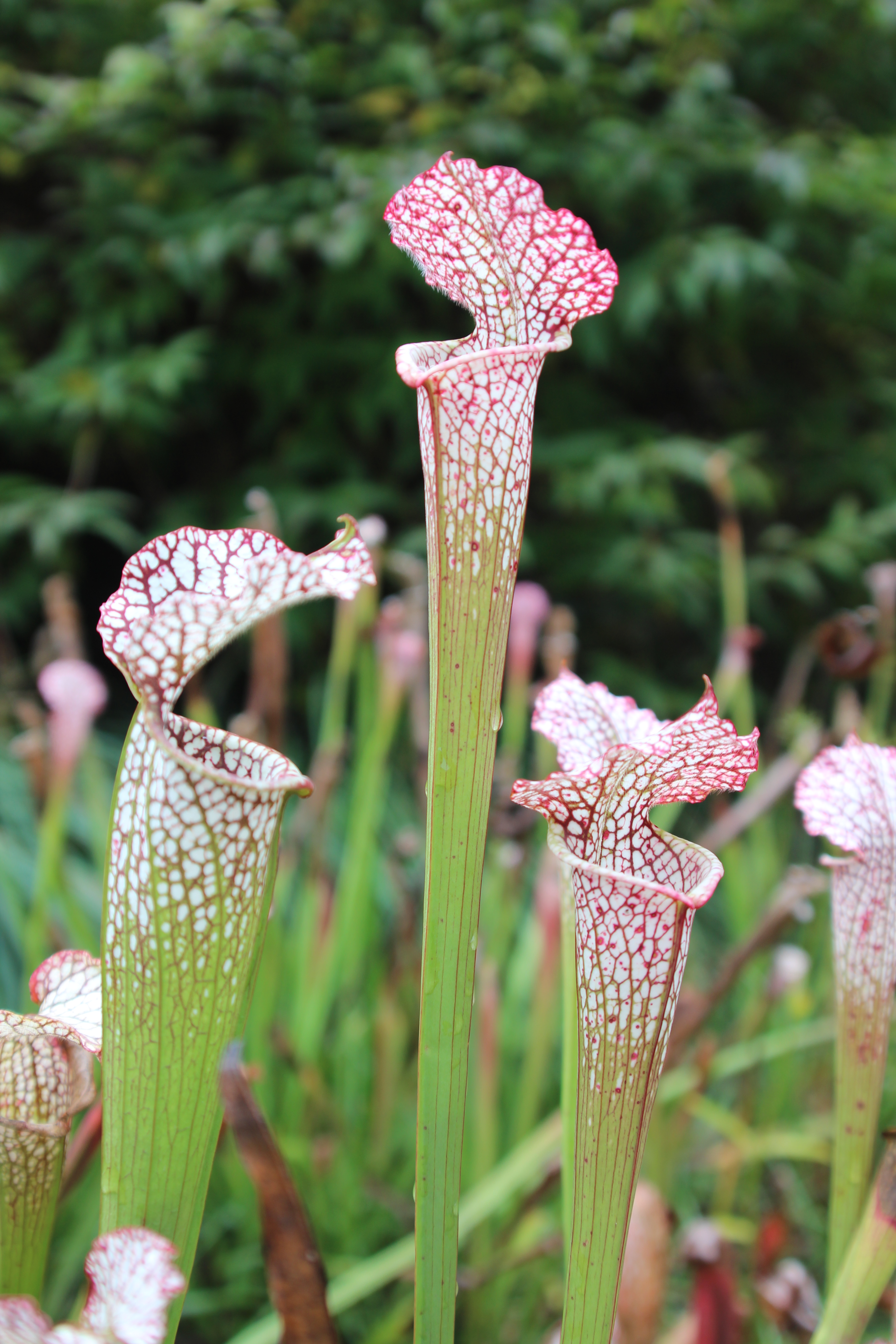 So, I was captivated by the Franklin Park Conservatory’s timely “Scary Plants” exhibit which turned out to be a virtual fun house of horticultural horrors!
So, I was captivated by the Franklin Park Conservatory’s timely “Scary Plants” exhibit which turned out to be a virtual fun house of horticultural horrors!
Two flesh-eating favorites starred in the carnivorous plants display. The American pitcher plant (Sarracenia) lures prey inside its trumpet-shaped leaves with an intoxicating nectar.
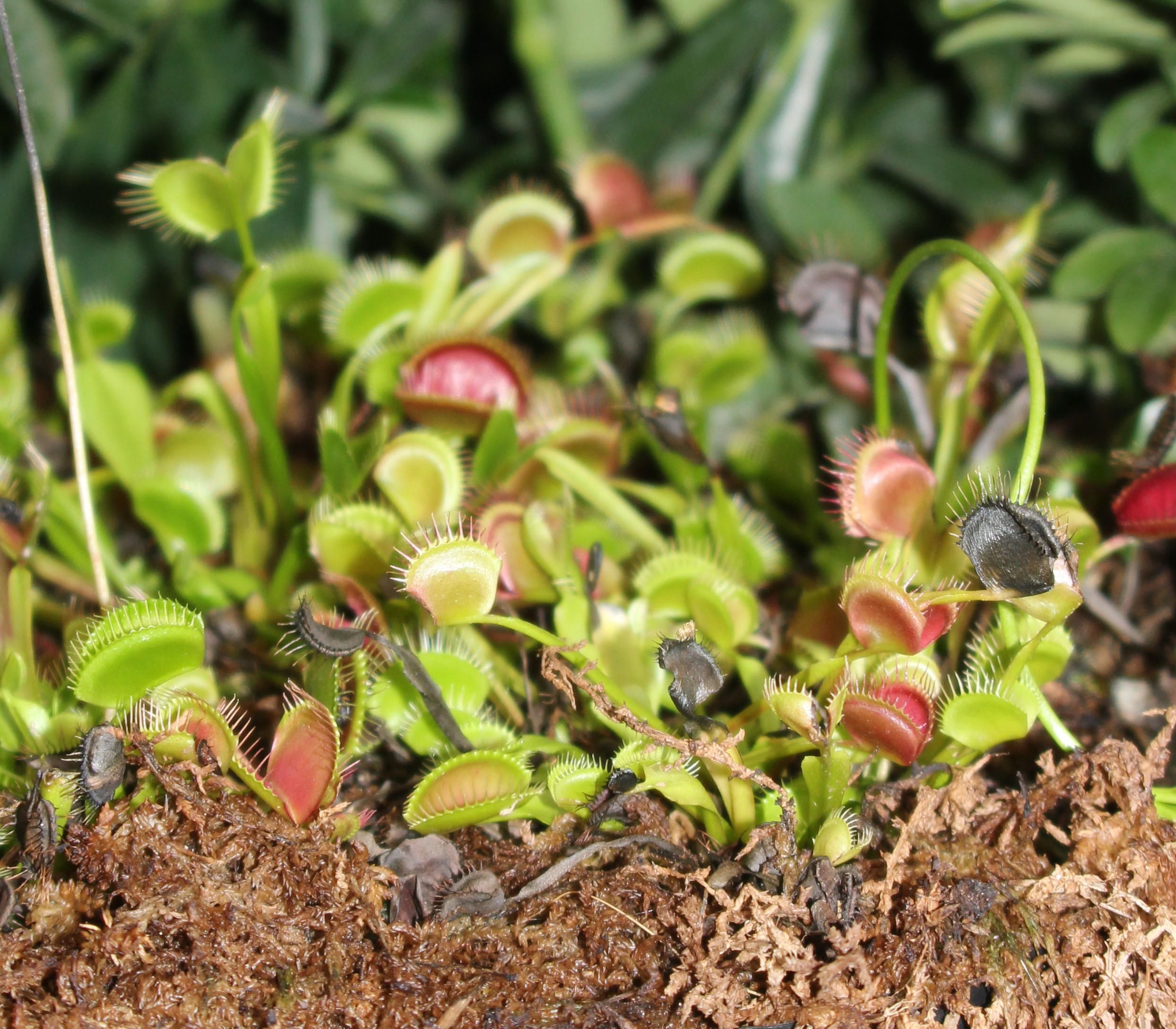 The Venus fly trap (Dionaea muscipula) tricks insects with its open trap that snaps shut when insects unknowingly touch trigger hairs that signal the trap.
The Venus fly trap (Dionaea muscipula) tricks insects with its open trap that snaps shut when insects unknowingly touch trigger hairs that signal the trap.
Equally scary, another group of vicious plants are famed for their spikes and hidden poisons. Don’t be fooled by Daturas’ beautiful blooms – the plants contain highly poisonous tropane alkaloids that can cause hallucinations and even death. Castor bean plants (Ricinus communis) may be fun to grow for their colorful foliage and interesting seed pods, but the plant contains ricin, a deadly toxin. Even the beloved Ohio buckeye (Aesculus glabra) produces nuts that contain poisonous tannic acid.
On the prickly side, be sure to sidestep any honey locust trees and their wicked thorns. A neighbor boy was hiking in a nearby preserve with our kids and stumbled upon a thorn which punctured his knee. Ouch! Prickly pear (Opuntia polycantha ‘Bronze’) and porcupine tomato (Solanum pyracanthum) are two other don’t-touch plants.
A final group of plants are more bizarre than scary. Check out gray-haired ‘Old Man’ cactus (Cephalocereus senilis) and pumpkin-on-a-stick (Solanum aethiopicum) which is a relative to tomatoes and eggplants. 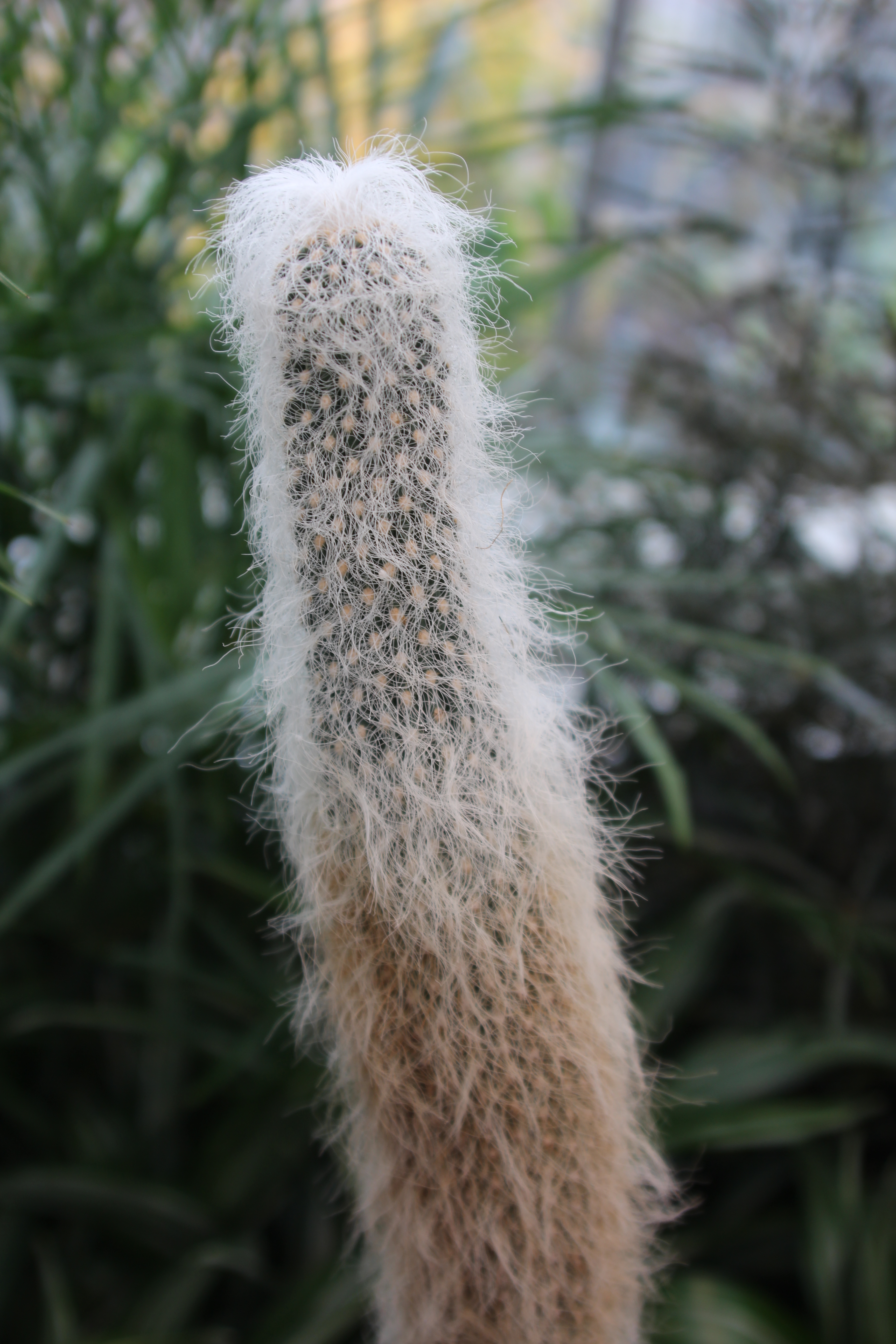
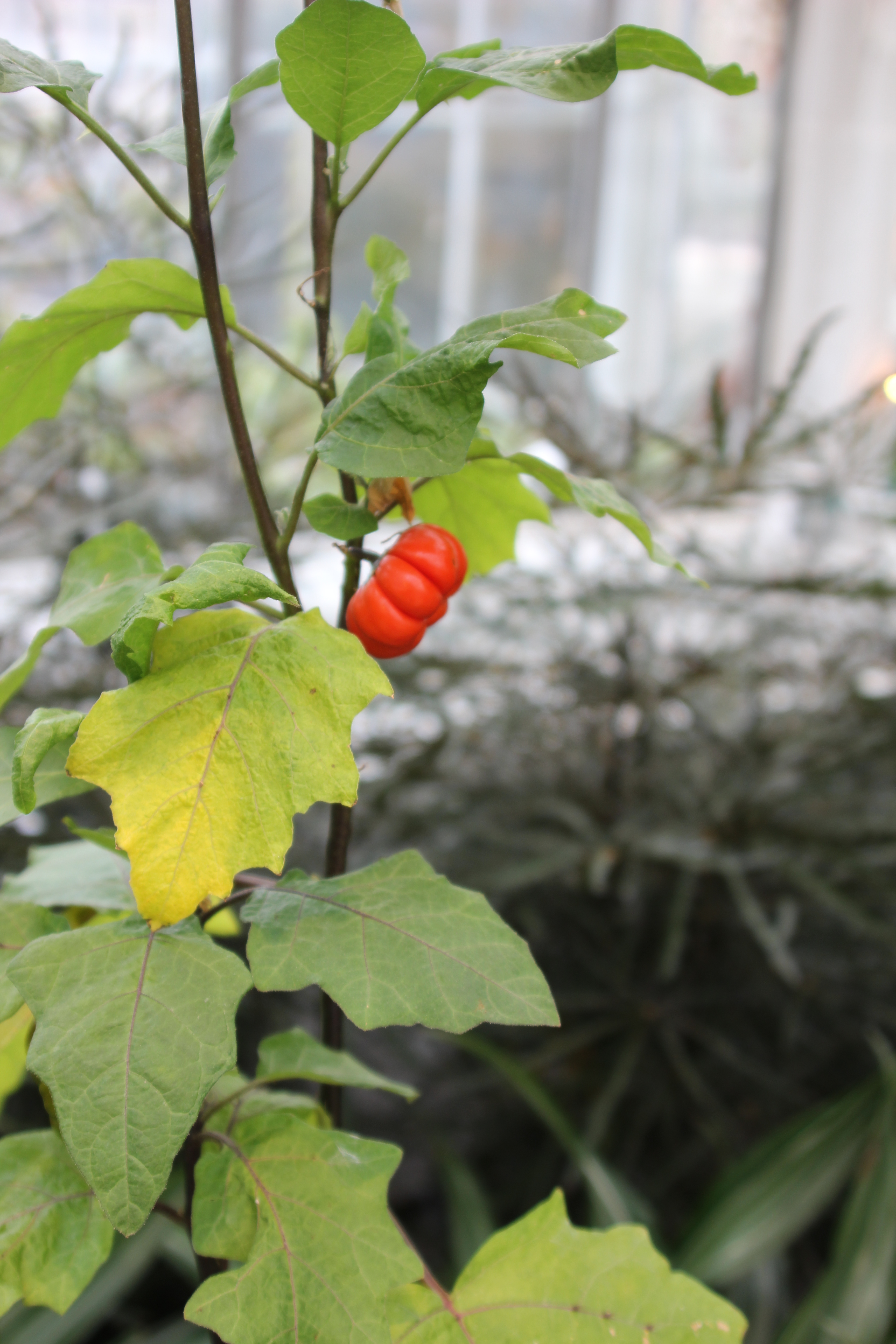
If I haven’t scared you away, visit Franklin Park Conservatory to learn more about these botanical wonders. The ‘Scary Plants’ exhibit runs through Nov. 9. Other ghoulish garden events include the Haunted Conservatory (Oct. 30) at Garfield Park Conservatory in Indianapolis, the Creepy Crawl (Oct. 31)at Missouri Botanical Gardens in St. Louis, and the Jack-O-Lantern Spectacular (through Nov. 9) at Iroquois Park in Louisville.
by GardenLover | Oct 23, 2014 | Favorite Flora
Wild for Species Tulips
By Teresa Woodard
Imagine an alpine meadow of dainty tulips in Kazakhstan or stout red tulips thriving on the rocky slopes of the Elburz Mountains in Iran. After seeing this collection of images from Tulips in the Wild, I decided to give these tough little beauties a try.
Last fall, I planted clusters of 8 to 10 Tulipa linifolia and Tulipa clusiana ‘Tubergen’s Gem’ along edges of our meadow. In April, they made a charming show with natural, wildflower-like blooms – much more fitting for the meadow setting than their larger, more showy hybridized cousins.
If you want to try planting some of these ‘wild’ or species tulip bulbs this fall, here are a few suggestions. Plan to order a larger quantity than expected, since the bulbs are smaller and look more impressive when planted in mass. Also, consider a location where these diminutive spring flowers will get noticed like a walkway, a mailbox garden or a border’s edge. The bulbs will grow best in a sunny location with good drainage, ideally a sloped area that is not irrigated. While deer are known to eat tulips just as they open, I was fortunate they didn’t find these blooms. However, be prepared to protect them with barrier plants or a deer repellent.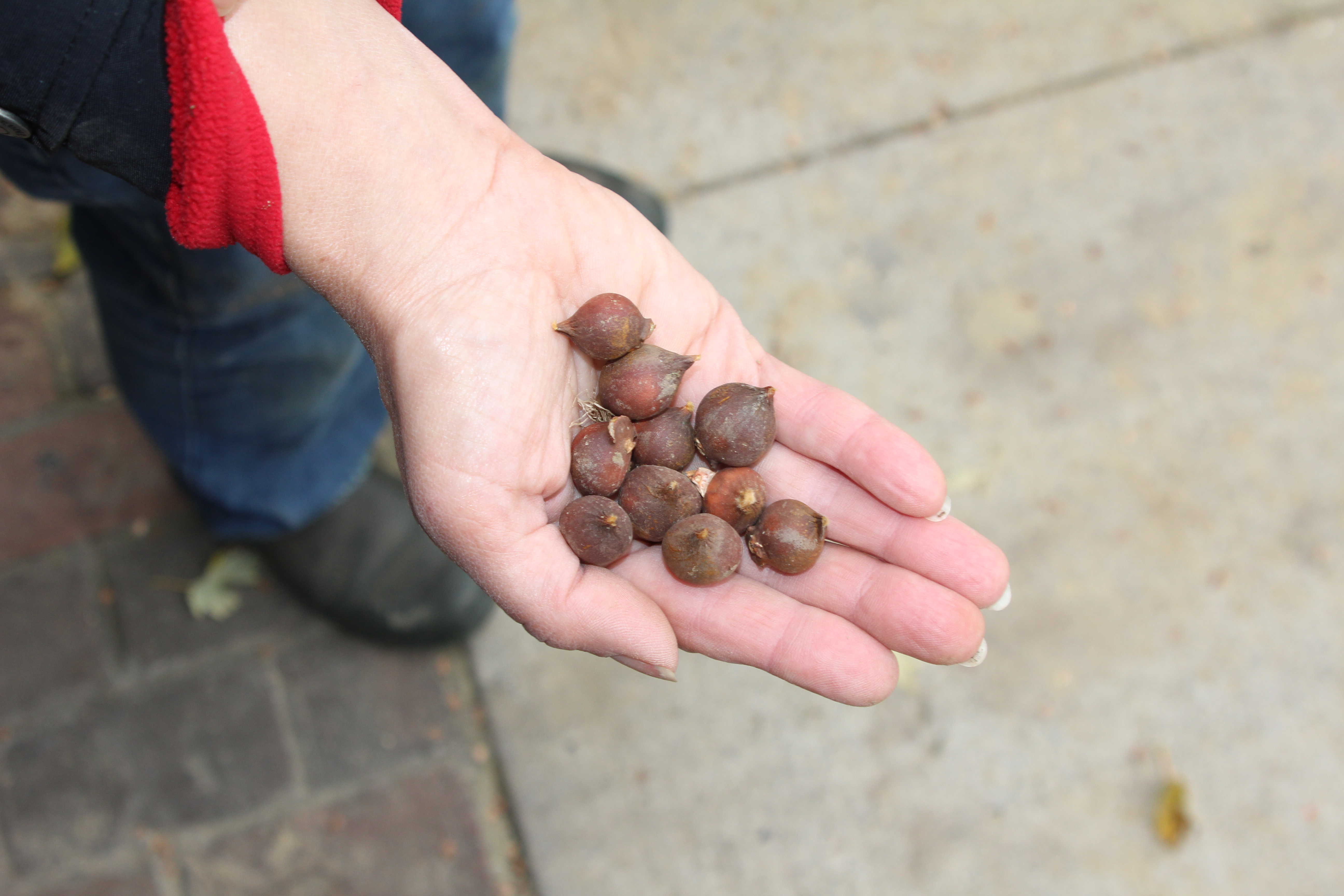
For bulb sources, check out Colorblends – 888-847-8637; Brett and Becky’s Bulbs — 877-661-2852; Van Engelen — 860-567-8734; and Bluestone Perennials — 800-852-5243.
by GardenLover | Oct 17, 2014 | Catch Us
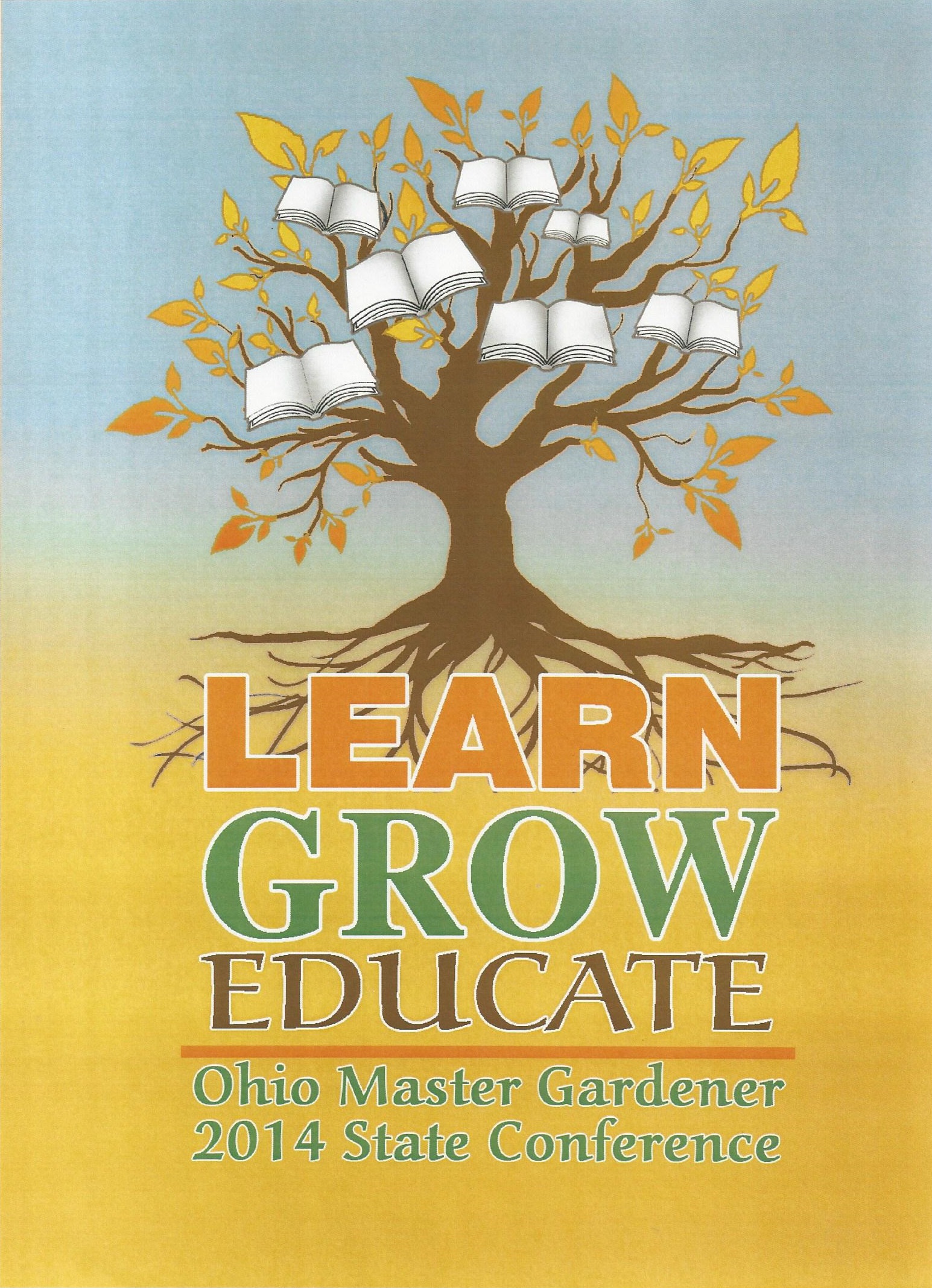 Debra Knapke will be talking about “Biophilia: Understanding Why We Garden ” as the morning keynote speaker at this weekend’s Ohio Master Gardener State Conference at Ohio Wesleyan University in Delaware, Ohio.
Debra Knapke will be talking about “Biophilia: Understanding Why We Garden ” as the morning keynote speaker at this weekend’s Ohio Master Gardener State Conference at Ohio Wesleyan University in Delaware, Ohio.
Why do we garden? Ask doctors, and they’ll point to the health benefits. Ask some authors, and they’ll pull out their books on gardening’s spiritual, meditative and stress-relieving benefits. Flip through gardening magazines, and these beautiful outdoor spaces are undeniably a powerful source of creativity and entertainment. Debra was intrigued by the question and has been investigating this biophilia or “affinity with nature and love of living things” as first defined by E.O. Wilson in 1984. She’ll share her findings and how they relate to our work as gardening educators.
Teresa will be working behind the scenes at the event as a member of the conference planning committee.
by GardenLover | Sep 30, 2014 | Special Topic
 By Michael Leach
By Michael Leach
I want to knock the cell phone out of her hand and shout, “Look around you!”
Instead, I roll my eyes and grind my teeth. The woman, who’s touring an elegant private garden as part of the recent Garden Writers Association’s Pittsburgh symposium, hunches over a cellphone. She’s oblivious to the tranquil water lotus pool and gnarly trunks of the ancient espaliered apple trees.
Why would anyone, but presumably someone who writes about gardens and cultivates one, spend precious time texting, or sending Facebook updates in a place she may never see again? (To be fair, she may be taking notes or a few photos for future use.)
But she’s probably ODD, suffering from what I term obsessive digital disorder, just like millions of others. I define this as the need to constantly manipulate images on a digital screen, whether games, social media, texts, TVs, cell phones, pads, laptops, smart watches and other devices. ODD people are addicted to the constant diversion that digital “hits” offer.
These devices are incredibly helpful and fun, but how does one avoid addiction to endless diversion? I ponder this danger, while planning an upgrade to a smart phone and all that entails.
Before ranting further, a disclaimer is in order. My view is clouded by decades of writing and editing on a computer. I’m conditioned to being paid for screen time. Forgive me if I prefer face time to Face Book and shy from games to pass idle hours. I played one too many high-stakes game of producing a newspaper despite techno-glitches to find pleasure in antics of the Mario Brothers or killing-spree combat games.
Add to this a gift for causing electronics to manifest peculiar behavior that inevitably prompts the tech-savvy person to exclaim, “I’ve never seen it do that before!” Third, I’m slow to pick up on new stuff, even when it functions perfectly. (Lazy may be a better explanation.)
Now back to digital diversion — New Age nicotine. More addictive than smoking but uber socially acceptable, digital diversion is a must for everyone, starting with the youngest children. Advice I hear for learning new electronic tricks is, “Get a kid to show you how.” Smoking was the other way around.
So how much New Age nicotine is safe for consumption? Who knows? Before having a home computer, my only email came to the office downtown. Did I drive almost 20 miles round trip on Saturday afternoon to check email? Never. But when it comes to a phone that you must also use for nonbusiness calls, it’s hard to avoid the temptation of diversion at your fingertips.
I need space between work and life. That’s hard to find these days.
As I recall the phone addict in the garden, I wonder if she attended a symposium program that cited scientific studies quantifying the positive effects of gardening, plants and nature upon blood pressure, productivity, sense of well being and recovery from surgery. Maybe she skipped that session or more likely — she Tweeted through it.
Let us know: In this smartphone age, do you live it or record it?
by GardenLover | Sep 26, 2014 | Catch Us
Bloggers Debra Knapke and Michael Leach are TV stars, this month. On Fox 28’s Good Day Columbus, Debra Knapke highlighted edibles at the Heritage Gardens at the Ohio Governor’s Residence. On another day, Michael appeared on the show to share tips on how to get a jump-start on spring gardening. Check out his tips on planting spring bulbs, transplanting houseplants, and growing pansies and fall asters.
In the newly released fall issue of Edible Columbus, Debra writes about “Ohio Squash” and shares tips for cool-season veggies in “What to Plant & Harvest”. Teresa Woodard also contributes a feature, “Pumpkin Envy”, on Roger Kline who grows award-winning edible heirloom pumpkins.
 Boo! Scary Plants for Your Garden
Boo! Scary Plants for Your Garden So, I was captivated by the Franklin Park Conservatory’s timely “Scary Plants” exhibit which turned out to be a virtual fun house of horticultural horrors!
So, I was captivated by the Franklin Park Conservatory’s timely “Scary Plants” exhibit which turned out to be a virtual fun house of horticultural horrors! The Venus fly trap (Dionaea muscipula) tricks insects with its open trap that snaps shut when insects unknowingly touch trigger hairs that signal the trap.
The Venus fly trap (Dionaea muscipula) tricks insects with its open trap that snaps shut when insects unknowingly touch trigger hairs that signal the trap.




